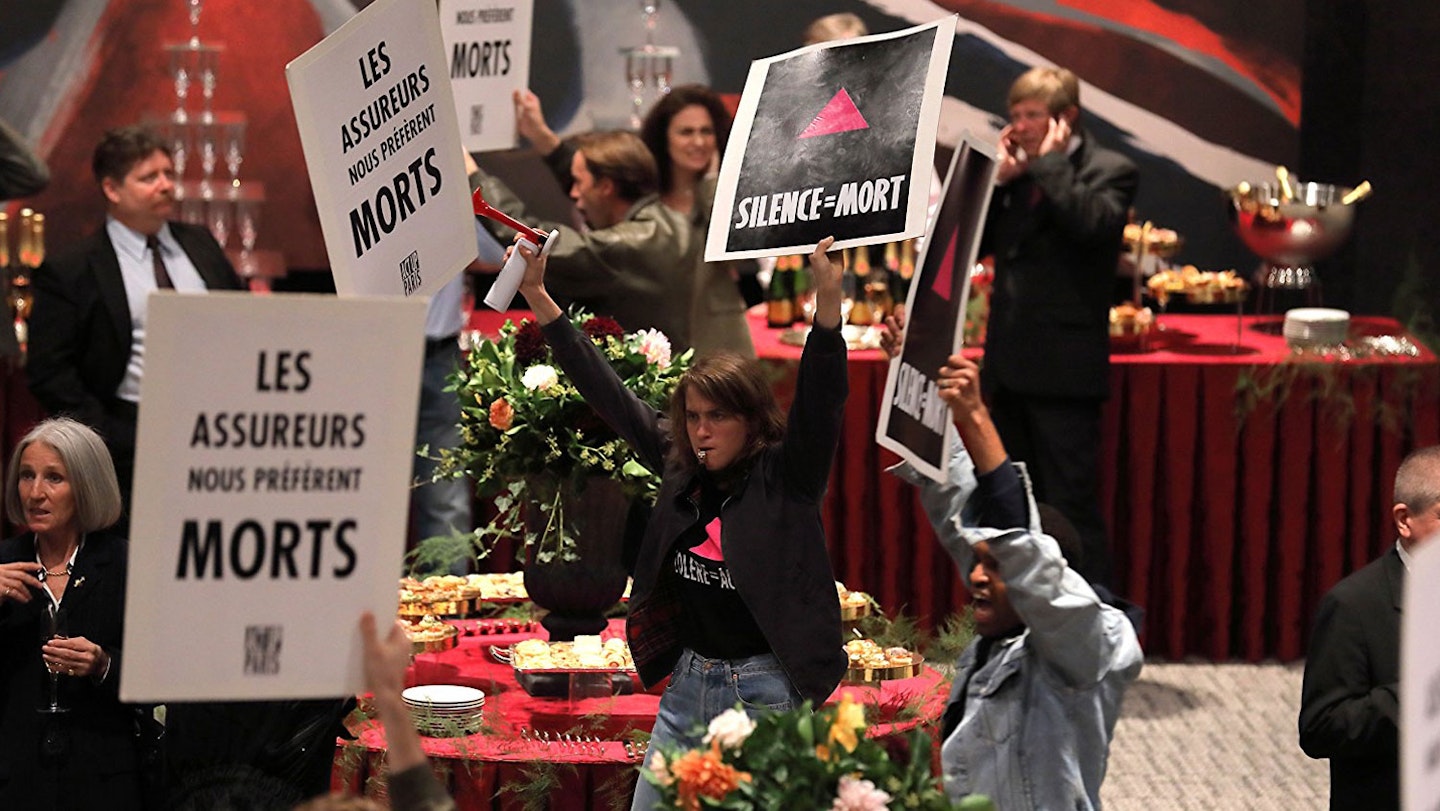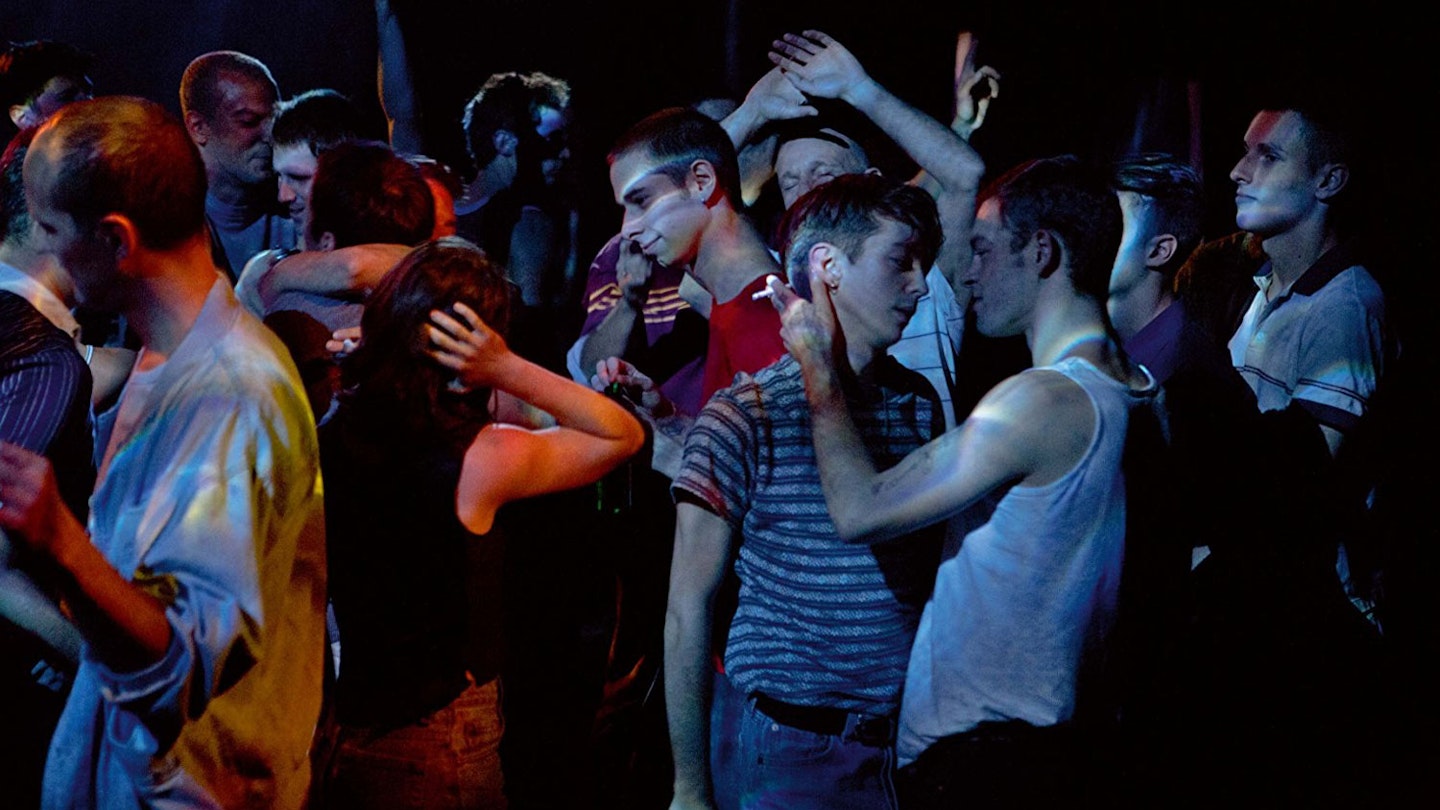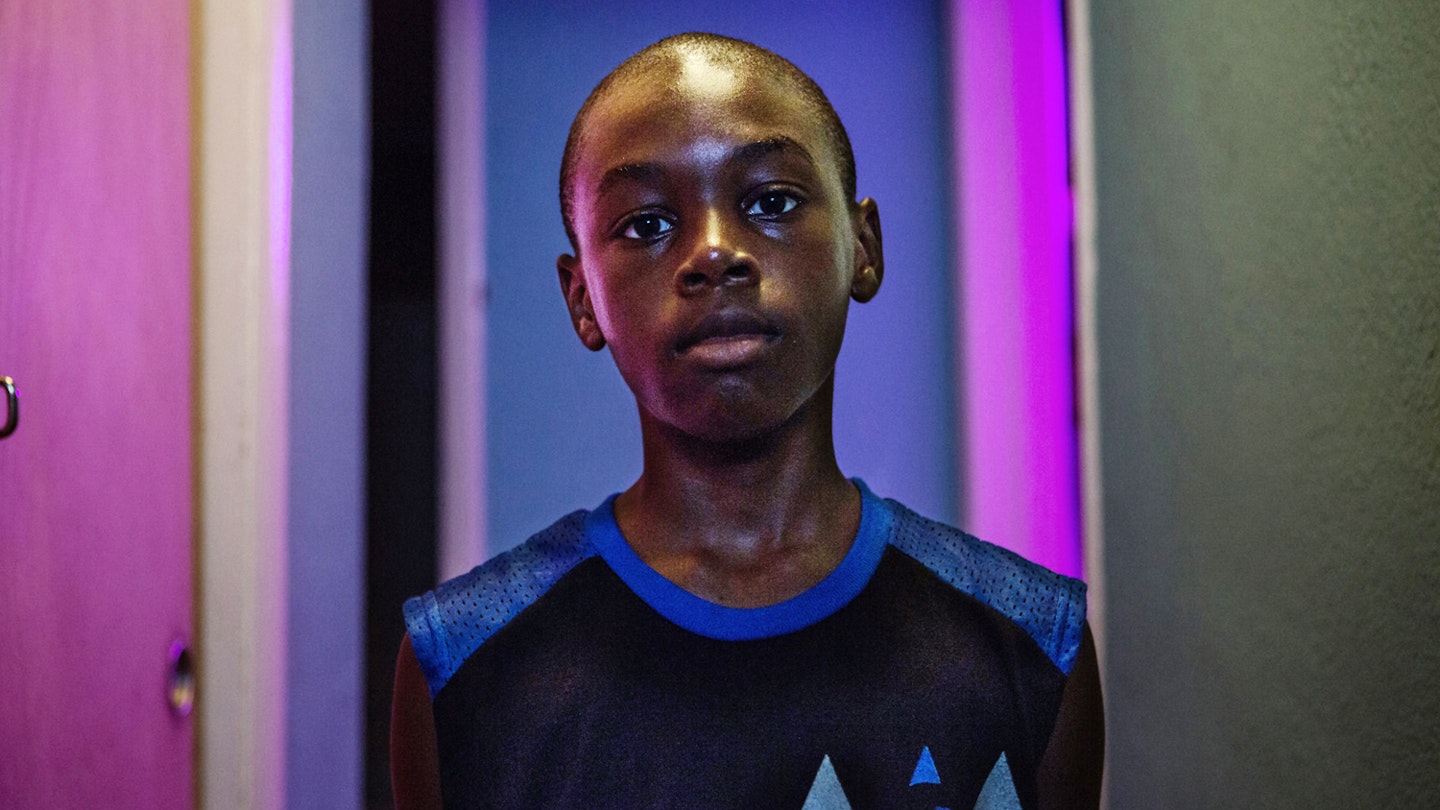In 2000, discussing Boogie Nights, pornography and drama, Paul Thomas Anderson lamented the lack of proper, honest sex scenes in traditional narrative film. “How does Forrest Gump have sex?” he asked, by way of example. “What could be more of a revelation about a character than watching them have sex? That says a lot about them, how they touch another person in bed.”
120 BPM (Beats Per Minute) isn’t primarily about sex, nor is it by any means full of it — a couple of scenes maybe — but PTA would be thrilled by what’s there. The sex scenes don’t hold back, but really they’re about the emotional baggage and history that comes with giving yourself to somebody, how past experiences have formed us; they’re about what we need from each other, how fantastically vulnerable we can be. This is indicative of the film as a whole: 120 BPM doesn’t flinch for a frame.
120 Beats Per Minute brims with life.
Set in the early 1990s, the film concerns the Parisian branch of AIDS activist group ACT UP, who, when they’re not bringing their fight to big pharma offices and the streets, slug it out among themselves, heatedly debating what they need to do and how they need to do it. With seemingly no help on the horizon and no future for those afflicted, it was very much a matter of life and death, and tempers frayed accordingly.
French-Moroccan director Robin Campillo and his co-writer Philippe Mangeot were both active members of ACT UP at the time, and their real recollections serve as fierce inspiration for 120 BPM, which more than succeeds in its aim to show things as they were, an eclectic group fuelled by desperation for progress. Rarely does a film ring as true as this, with unbelievably natural performances all round, but particularly by Nahuel Pérez Biscayart as the firecracker Sean, a vicious human cocktail with a furious honesty.

This realism seamlessly mixes with magic realism, and then outright surrealism — transcendent nightclub scenes, which intersperse the debating room and the protests, have Campillo filming the air particles as his heroes sway and sweat and snog, while elsewhere, sequences are reminiscent of Danny Boyle’s more far-out sequences in Trainspotting. All of life is here, the highs high, and the lows as low as it gets. After a while you forget you’re watching a film at all, as you become fully immersed in these people’s lives.
And that’s the point — 120 Beats Per Minute brims with life, a celebration of what it is to be alive, second by second — what it is to feel, fight, to love, and to dance. It is a brazenly subjective piece of work, and all the better for it. Even if you didn’t know how personal it was, you would feel it. A mad, beautiful, brutal film.

